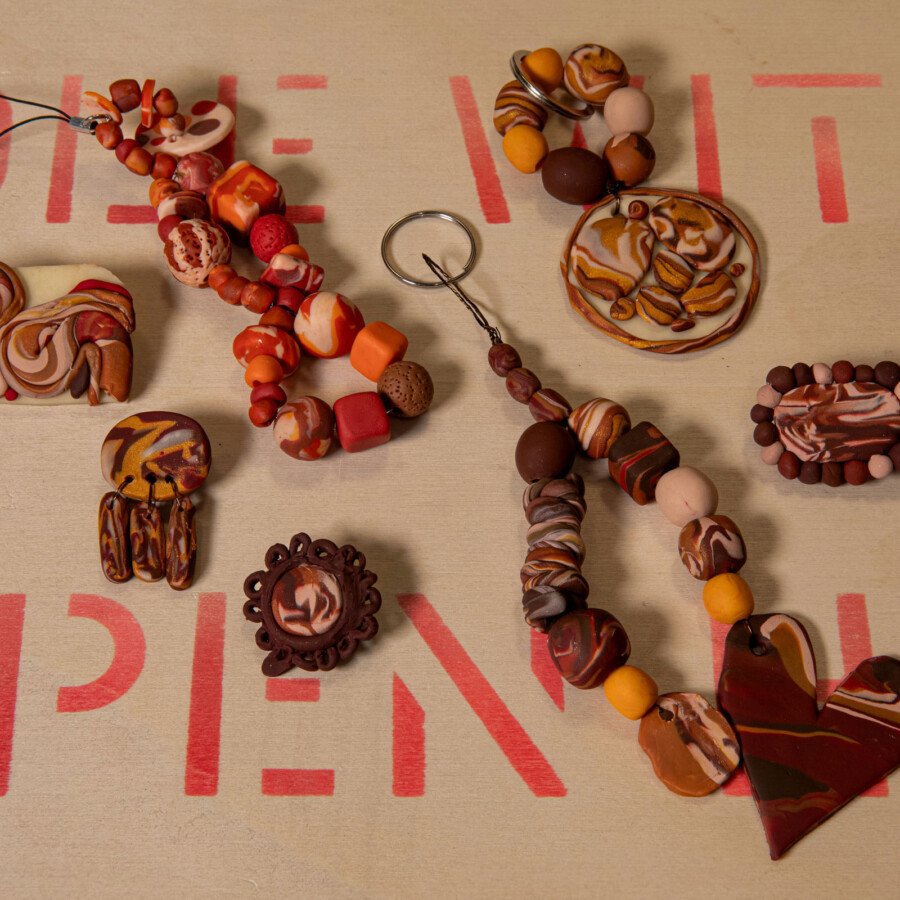The team at Mingei spent the summer transforming our galleries for the opening of Blue Gold: The Art and Science of Indigo–our first time ever devoting the entire space to one exhibition. What has emerged is a global journey through indigo’s past into its vibrant present. Tending to the plants and indigo dye vat is a living tradition, one that leaves space for the creativity of each artisan as they preside over the magical process. Blue Gold will be on view until mid-March during which time Mingei hopes to spark many creative and transformative moments through learning, making, traveling, and even tasting!
An afternoon in Mingei’s library might begin with a meandering curiosity, the search for an answer to a burning question, or a jolt of inspiration. Leafing through a pile of art books while enjoying a seat at the Nakashima table? For many, it doesn’t get much better, and each page can offer a fresh spark of momentum.
As a museum of craft arts, we understand the gratifying feeling of working with your hands to string a new idea into existence. We have a variety of tactile programs available through the fall and winter. From the first stitch to the final dip in the dye vat, each process of transforming materials into a work of art is delightfully unique, and we invite you to try something new at Mingei. Prefer to get creative at home? Shop Mingei is stocked with kits for experimenting with indigo and natural pigments at your own pace.























